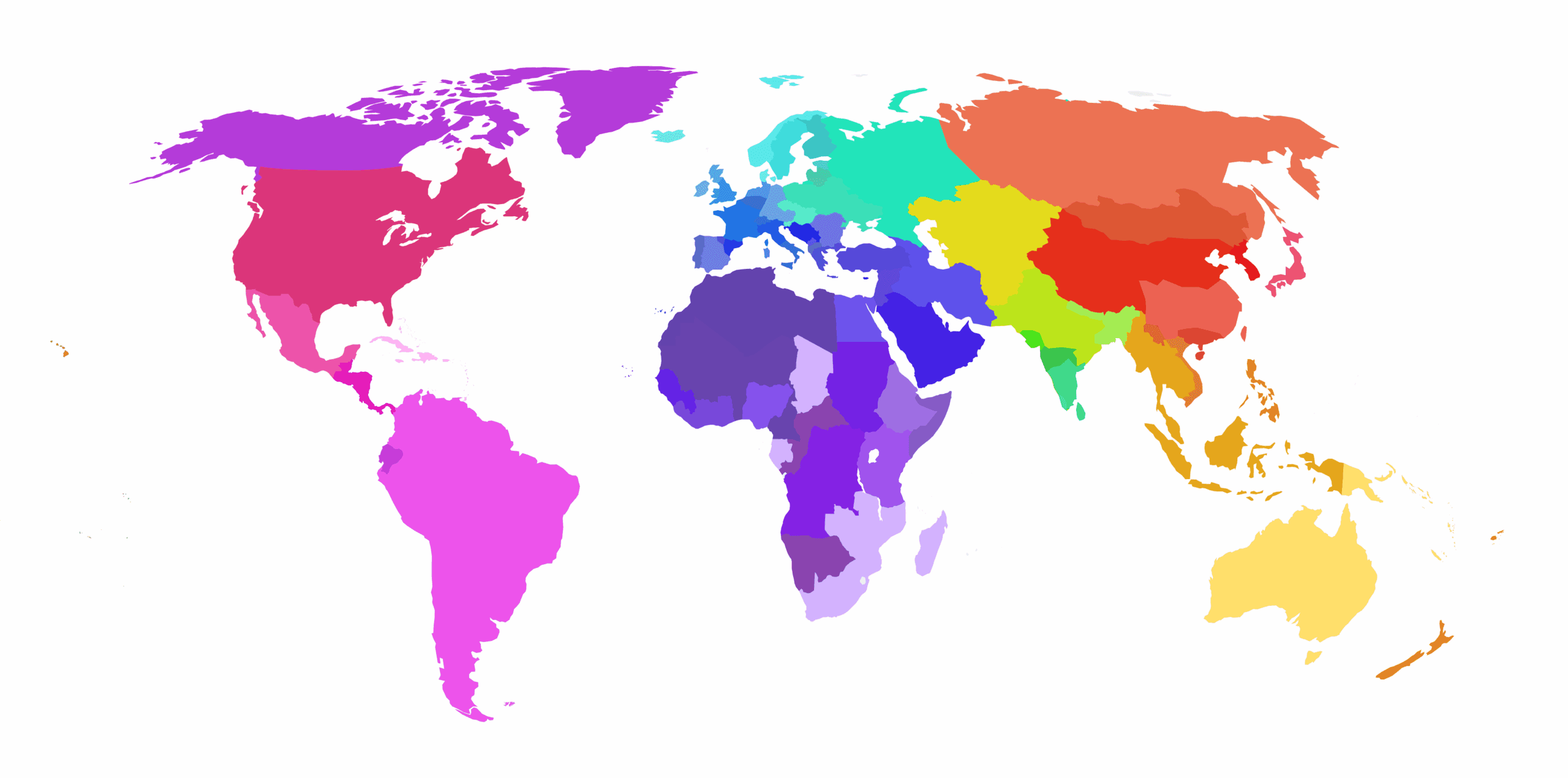The invention of farming was one of the most transformative developments in human history. It didn’t happen just once — agriculture was independently invented in multiple locations across the globe beginning around 10,000 to 12,000 years ago, soon after the end of the last Ice Age. As farming spread, it reshaped human societies, diets, and even our DNA.
This month, we’re exploring how this transformation unfolded in ancient Britain by adding 18 ancient individuals who lived before and after the adoption of farming to the Historical MatchesSM feature — including one ancient individual whose name you might recognize: Cheddar Man.
The Arrival of Farming to Ancient Britain
For most of the last Ice Age, Britain — like much of northern Europe — was too cold and inhospitable for humans to live there year-round. As the climate warmed around 12,000 years ago, hunter-gatherer groups began to resettle the region. This period is known as the Mesolithic Period (10,000–4,000 BCE).
At that time, Britain was still connected to continental Europe by a vast, low-lying plain called Doggerland, which allowed people and animals to move freely between the two regions. Around 8,000 years ago, rising sea levels submerged Doggerland beneath the North Sea, leaving Britain — and nearby Ireland — geographically isolated from the rest of Europe.
Because of this isolation, the spread of farming, which began in southwestern Europe about 9,000 years ago, didn’t reach Britain until roughly 6,000 years ago. That arrival marks the start of the Neolithic period (4,000–2,500 BCE) — a time of sweeping change that reshaped diets, settlement patterns, and daily life across the islands.
In 2019, researchers published the genomes of six Mesolithic and sixteen Neolithic individuals from across Britain to understand how the shift to farming affected local populations. They wanted to know whether Britain’s first farmers were descendants of earlier Mesolithic hunter-gatherers, or newcomers who migrated from the continent.
The results supported the second scenario: the earliest farmers in Britain had genetic ancestry distinct from the earlier hunter-gatherers, and were instead most closely related to farming populations from the Aegean region. This finding suggests that agriculture arrived in Britain not by cultural diffusion, but through the migration of farming communities who largely replaced the local Mesolithic populations.
Who was Cheddar Man?
Perhaps the most famous individual included in the 2019 study was Cheddar Man, a Mesolithic hunter-gatherer whose nickname comes from where he was discovered — Cheddar Gorge in Somerset. He lived around 10,000 years ago, and his skeleton remains one of the oldest and most complete ever found in Britain.
Using 3D scans of his skull and genetic data extracted from his remains, researchers created a facial reconstruction showing that Cheddar Man likely had dark skin, dark curly hair, and blue eyes — a combination that was probably common among Mesolithic Europeans.

These results challenged long-held assumptions about what the first inhabitants of Britain looked like and helped spark a broader conversation about how human populations in Europe — and their appearances — have changed over time.
A Reminder of Why We Need to Present Scientific Findings with Care
Cheddar Man’s DNA has made headlines before. In 1997, researchers at the University of Oxford extracted the first ancient DNA from his remains. This early analysis focused on mitochondrial DNA (mtDNA) — the small portion of the genome inherited only through the maternal line. They identified Cheddar Man’s mtDNA as belonging to haplogroup U5, later refined to the U5b1 sub-lineage. This maternal lineage was common among Mesolithic hunter-gatherers across Europe, highlighting Cheddar Man’s genetic connections to other post-Ice Age populations.
Although scientifically valid, the way this finding was presented to the public caused confusion. As part of a public engagement project, researchers compared Cheddar Man’s mtDNA to that of residents in the nearby village of Cheddar. One participant, a local schoolteacher, shared the same U5 haplogroup. This was reported as evidence of continuity between ancient and modern populations — and media outlets sensationalized it as proof that a “direct descendant” of Cheddar Man was living nearby.
In reality, that connection was likely extremely distant. The U5 haplogroup is ancient (emerging around 25,000–30,000 years ago) and widespread, found in roughly 5–12% of modern Europeans, meaning many unrelated people carry it by chance. Moreover, because mitochondrial DNA is passed only from mothers to children, it cannot be used to identify direct descendants of a male individual like Cheddar Man.
This story is a reminder of the importance of communicating genetic findings carefully. At 23andMe we search across your whole genome for places where you share identical DNA. Nevertheless, if Cheddar Man appears among your Historical Matches, it does not mean you are his direct descendant. Instead, it means you share a distant common ancestor somewhere in the past — possibly long before Cheddar Man lived — and inherited the same segment of DNA from that ancestor.
Learn more
Now that you know more about Cheddar Man — and what genetic analyses can (and cannot) tell you about your relationship to him — check out the Historical Matches feature (available to 23andMe+ Premium™ members). You can see whether your DNA connects you with Cheddar Man or any of the other ancient individuals from across Britain highlighted this month — along with the hundreds of other historical people already included in the feature.



